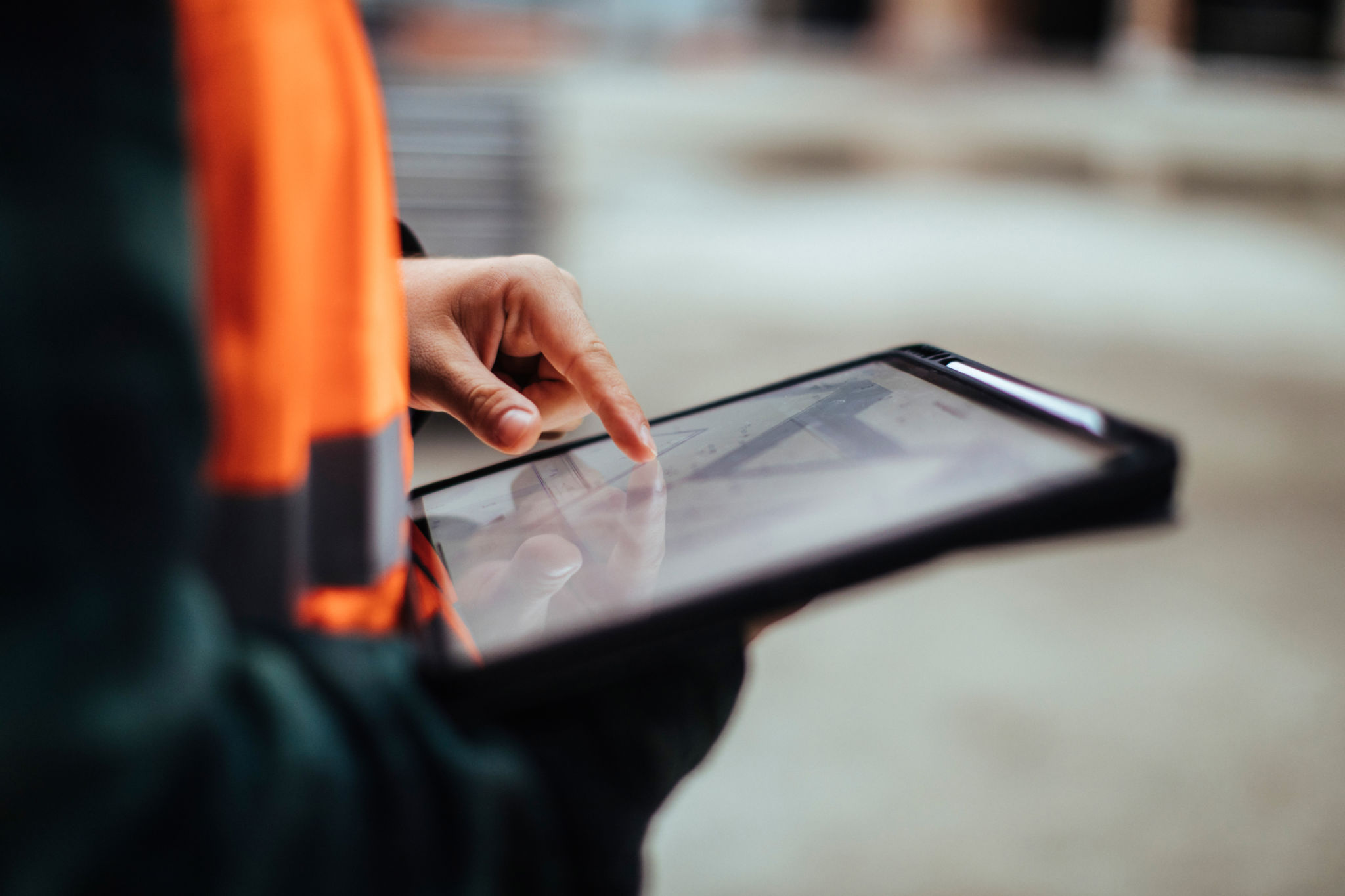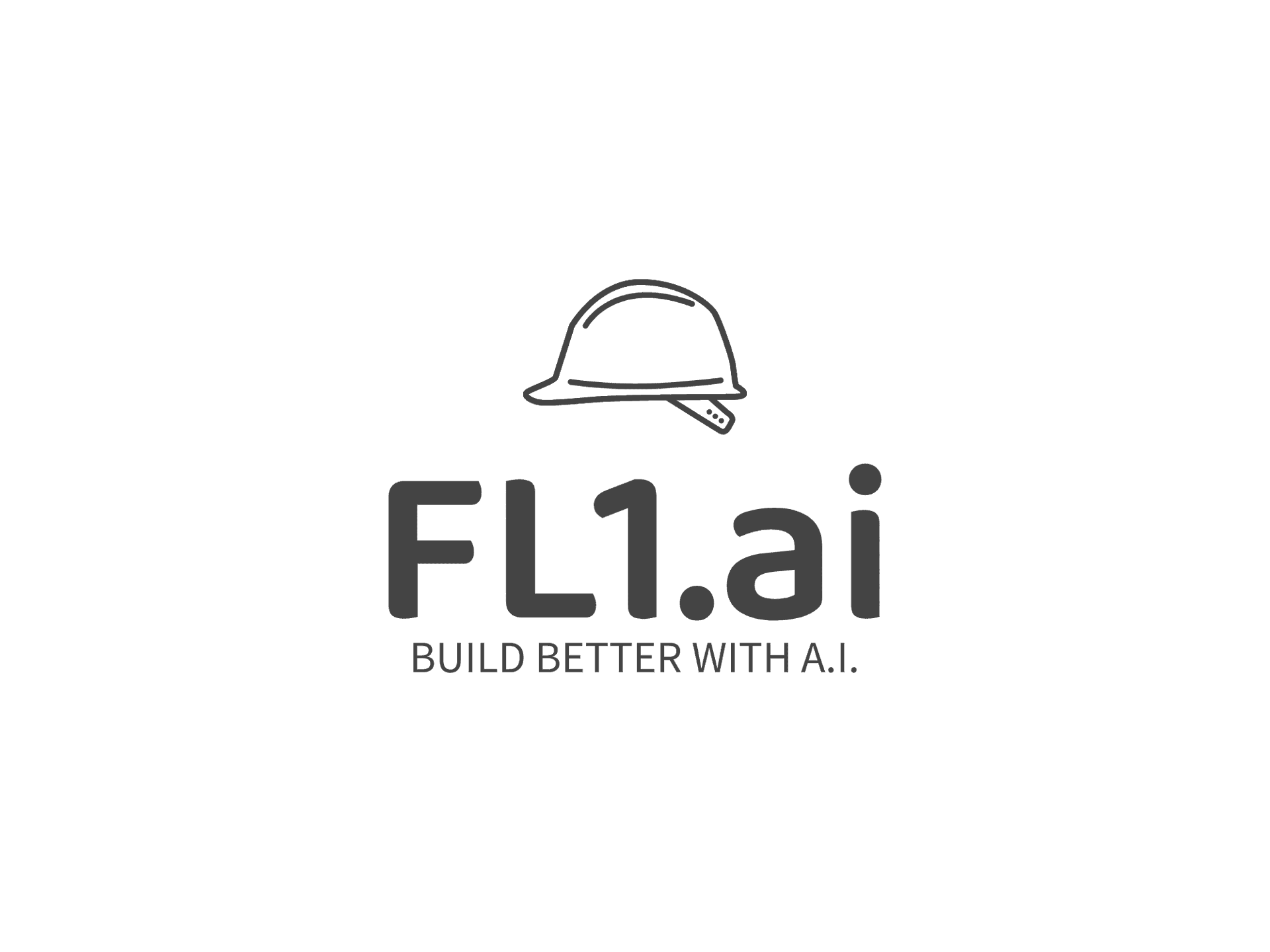Improving Safety Monitoring in Construction: The Role of AI
Understanding the Importance of Safety in Construction
Construction sites are inherently hazardous environments where safety is paramount. With numerous potential risks, it's crucial to continuously monitor and improve safety measures. The integration of technology, particularly artificial intelligence (AI), offers significant advancements in safety monitoring, transforming how construction sites operate.
AI's ability to process large volumes of data quickly and accurately positions it as a critical tool for enhancing safety protocols. By leveraging AI, construction companies can anticipate potential hazards and implement preventive measures effectively.

The Role of AI in Safety Monitoring
AI technologies are making their mark in construction safety through various applications. From predicting equipment failures to identifying unsafe practices, AI provides a proactive approach to managing risks. These systems analyze data collected from sensors, cameras, and other devices, offering real-time insights into site conditions.
For example, AI can detect when workers are not wearing proper safety gear and alert supervisors immediately. This capability ensures that safety protocols are followed diligently, reducing the likelihood of accidents.

Predictive Analytics for Risk Management
One of the standout features of AI in construction is its ability to use predictive analytics. By examining historical data and current site conditions, AI systems can forecast potential safety risks. This foresight allows construction managers to address issues before they lead to accidents.
- Identifying high-risk areas on a site
- Predicting equipment malfunctions
- Monitoring weather conditions that could affect safety
Improving Efficiency Through Automation
AI not only enhances safety but also boosts efficiency on construction sites. Automated systems reduce the need for manual monitoring, allowing workers to focus on critical tasks. By minimizing human error, AI contributes to a safer, more productive work environment.
For instance, drones equipped with AI capabilities can survey large construction sites quickly, providing detailed reports on safety compliance. This automation ensures that no detail is overlooked, and safety standards are consistently met.

Challenges and Considerations
Despite its benefits, integrating AI into construction safety monitoring comes with challenges. Ensuring data privacy and security is a top priority, as sensitive information is collected and analyzed. Moreover, the initial cost of implementing AI technologies can be significant, although long-term savings and safety improvements often justify the expense.
Training staff to work alongside AI systems is essential to maximize their effectiveness. Workers need to understand how to interpret AI-generated data and respond to alerts appropriately.
The Future of AI in Construction Safety
As AI technology continues to evolve, its role in construction safety will likely expand. Future advancements could include more sophisticated predictive models and enhanced real-time monitoring capabilities. The potential for integrating AI with other technologies like virtual reality (VR) and the Internet of Things (IoT) opens new possibilities for comprehensive safety solutions.
The ongoing development of AI tools promises not only safer construction sites but also more efficient operations. Firms that embrace these innovations stand to gain a competitive edge while prioritizing the well-being of their workforce.

